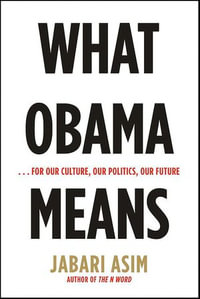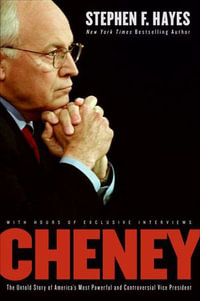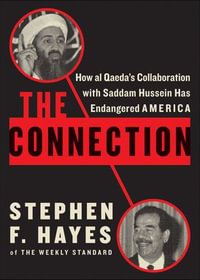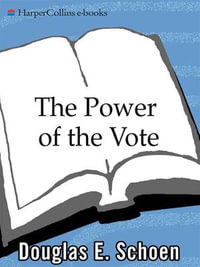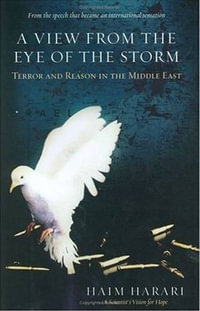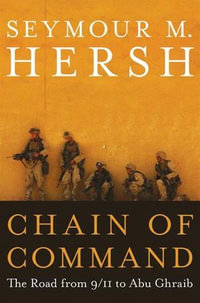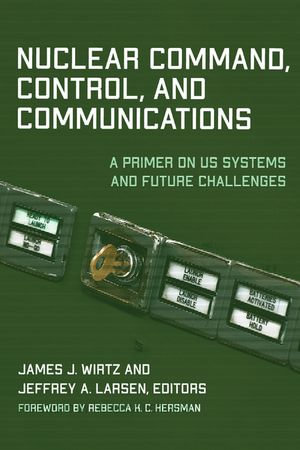
eBOOK
Nuclear Command, Control, and Communications
A Primer on US Systems and Future Challenges
By: James J. Wirtz, Jeffrey A. Larsen (Editor), Rebecca K. C. Hersman (Foreword by), Jon R. Lindsay
eBook | 1 June 2022
At a Glance
eBook
RRP $69.85
$62.99
10%OFF
or
OR
Free with Kobo Plus Read
Start Free Trial *- Subscribe and read all you want.
- $13.99 a month after free trial. Cancel Anytime. Learn more.
Instant Digital Delivery to your Booktopia Reader App
Read on
Android
eReader
Desktop
IOS
Windows
A unique overview of the United States' current nuclear command, control, and communications system and its modernization for the digital age
Concerns about the security of nuclear command, control, and communications (NC3) systems are not new, but they are becoming more urgent. While modernization is crucial to the future success of NC3 systems, the transition from analog to digital technologies has the potential to introduce vulnerabilities and unintended consequences. Nuclear infrastructure and command could be penetrated, corrupted, destroyed, or spoofed, leading to a loss of positive control (the ability to fire weapons) or negative control (the ability to prevent unauthorized or accidental use).
Nuclear Command, Control, and Communications explores the current NC3 system and its vital role in ensuring effective deterrence, contemporary challenges posed by cyber threats, new weapons technologies, and the consensus across the nuclear enterprise of the need to modernize the United States' Cold War-era system of systems.
This volume, edited by James J. Wirtz and Jeffrey A. Larsen, offers the first overview of US NC3 since the 1980s. Part 1 provides an overview of the history, strategy, and technology associated with NC3 and how it enables deterrence strategy as the basis of national defense. Parts 2 and 3 identify how the US military's NC3 works, the challenges of introducing digital technologies and the potential security threats, and how the system could fail if these considerations are not taken into account. Part 4 explains the progress NC3 has made thus far, and how we might move forward. During this critical juncture, policymakers, practitioners, and scholars will find this an invaluable resource to understanding our current NC3 system, its relationship to effective deterrence, what must be done to modernize NC3, and how to ensure this transition is undertaken safely and successfully.
About the Editors
James J. Wirtz is a professor in the Department of National Security Affairs at the Naval Postgraduate School in Monterey, California. His publications address intelligence analysis, deterrence, and strategy. He received his PhD from Columbia University.
Jeffrey A. Larsen is a research professor at the Naval Postgraduate School in Monterey, California. He is also the president of Larsen Consulting Group. His publications focus on strategic issues, deterrence, arms control, NATO, and aerospace power. He received his PhD from Princeton University.
Concerns about the security of nuclear command, control, and communications (NC3) systems are not new, but they are becoming more urgent. While modernization is crucial to the future success of NC3 systems, the transition from analog to digital technologies has the potential to introduce vulnerabilities and unintended consequences. Nuclear infrastructure and command could be penetrated, corrupted, destroyed, or spoofed, leading to a loss of positive control (the ability to fire weapons) or negative control (the ability to prevent unauthorized or accidental use).
Nuclear Command, Control, and Communications explores the current NC3 system and its vital role in ensuring effective deterrence, contemporary challenges posed by cyber threats, new weapons technologies, and the consensus across the nuclear enterprise of the need to modernize the United States' Cold War-era system of systems.
This volume, edited by James J. Wirtz and Jeffrey A. Larsen, offers the first overview of US NC3 since the 1980s. Part 1 provides an overview of the history, strategy, and technology associated with NC3 and how it enables deterrence strategy as the basis of national defense. Parts 2 and 3 identify how the US military's NC3 works, the challenges of introducing digital technologies and the potential security threats, and how the system could fail if these considerations are not taken into account. Part 4 explains the progress NC3 has made thus far, and how we might move forward. During this critical juncture, policymakers, practitioners, and scholars will find this an invaluable resource to understanding our current NC3 system, its relationship to effective deterrence, what must be done to modernize NC3, and how to ensure this transition is undertaken safely and successfully.
About the Editors
James J. Wirtz is a professor in the Department of National Security Affairs at the Naval Postgraduate School in Monterey, California. His publications address intelligence analysis, deterrence, and strategy. He received his PhD from Columbia University.
Jeffrey A. Larsen is a research professor at the Naval Postgraduate School in Monterey, California. He is also the president of Larsen Consulting Group. His publications focus on strategic issues, deterrence, arms control, NATO, and aerospace power. He received his PhD from Princeton University.
Read on
Android
eReader
Desktop
IOS
Windows
ISBN: 9781647122454
ISBN-10: 1647122457
Published: 1st June 2022
Format: ePUB
Language: English
Publisher: Georgetown University Press
You Can Find This eBook In
This product is categorised by
- Non-FictionPolitics & GovernmentInternational RelationsArms Negotiation & Control
- Non-FictionHistoryMilitary History
- Non-FictionSociety & CultureEthical Issues & DebatesEthical Issues of Prostitution & Sex Industry
- Non-FictionComputing & I.T.Business ApplicationsPresentation Graphics SoftwareMicrosoft PowerPoint
- Non-FictionWarfare & DefenceMilitary & Defence Strategy
- Non-FictionWarfare & DefenceOther Warfare & Defence IssuesCombat & Defence Skills & Manuals



